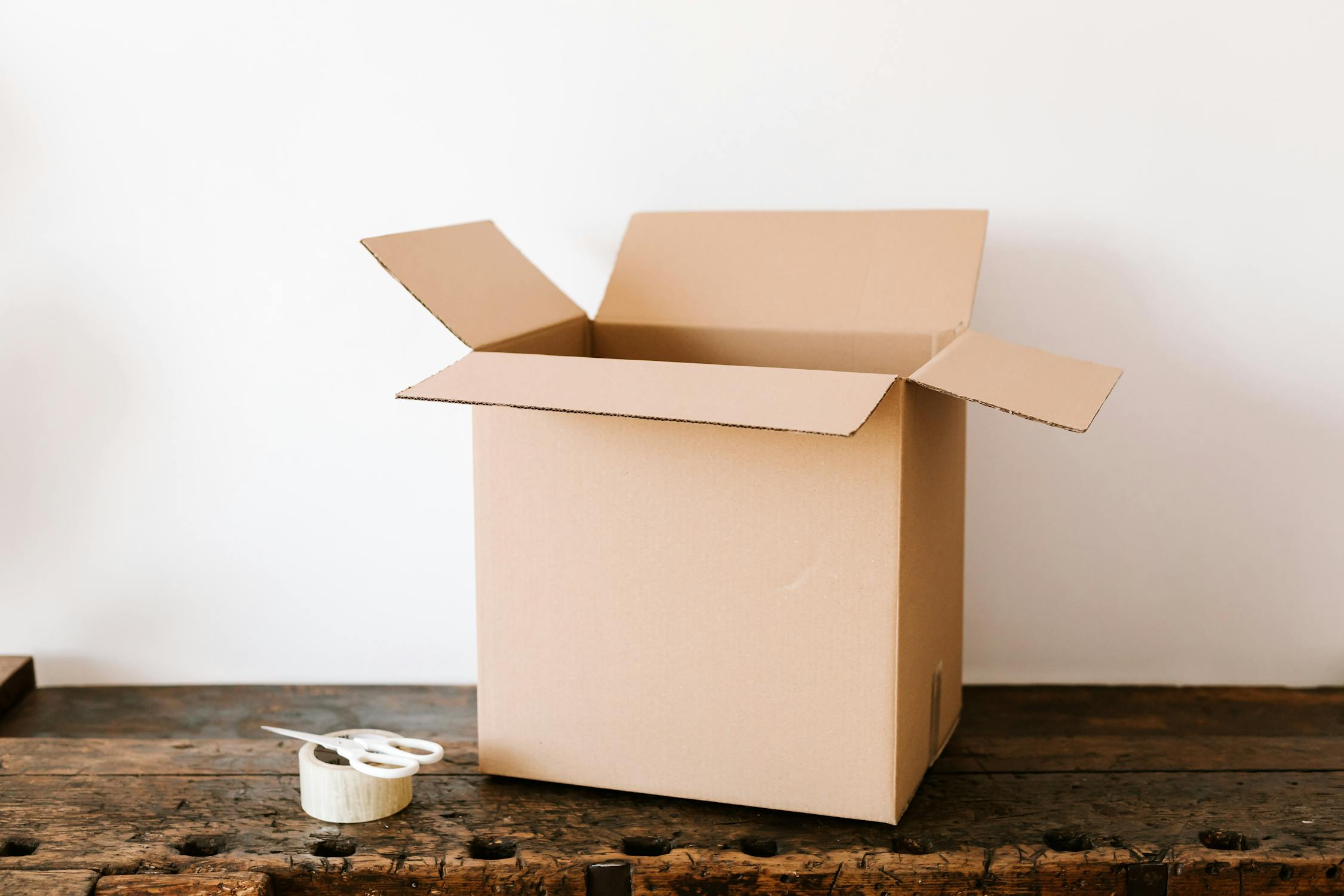
If you’re around the same age as the Packshare team you will probably remember a TV show called Come Outside.
It was the kind of TV you watched when you skived school and spent the day on the sofa with a duvet and the dog, nicking toast from the kitchen because you weren’t actually poorly and you were quite hungry. Just us?
Well you might remember Come Outside anyway… It was about this affable woman Mabel and her dog, Pippin. Mabel and Pippin got in this little white aeroplane covered in multi coloured spots and went to find out how stuff is made. Yep, like the first iteration of Greg Wallace’s Inside the Factory, only more 90s, and with a dog and a tiny aeroplane, so obviously better.
I think Mabel and Pippin went to baked beans factories and similar places and I remember it treading a fine line between boring and brilliant. Anyway – why am I chatting about early 90s kids TV? Well, a la Come Outside… lets take a look at the life cycle of a cardboard box! What a thrill you’re in for!
1. Trees
Like all of the stuff we use, the raw materials used to make cardboard boxes has to come from somewhere. In this case, it’s trees. Cardboard boxes are usually made from trees that are grown specifically for timber and paper production, in intentionally forested areas designed to grow quickly and yield a lot of produce. The UK alone creates around 7 million tonnes of cardboard for packaging every year.
2. Retailer
The cardboard is used by retailers, these days primarily to mail out online orders or deliver larger shipments of stock to retail businesses and supermarkets.
And then, what happens next us up to you…
3 a. Binned
We hope by now none of you are throwing perfectly good cardboard in the bin! But if you are, it goes either to landfill in the UK or our government pay for it to be shipped overseas to countries that process our waste for us. If you home compost card, it can break down in as little as three months in good conditions… but in a landfill site, the sub-optimal conditions mean it can take years for cardboard to even begin breaking down.
3 b. Recycled
If you recycle your cardboard, it will be sent back to the ‘ol papermill, whereupon it’ll be re-pulped and turned back into shiny new, slightly more environmentally friendly cardboard boxes. Though be warned, some areas of the UK incinerate their recycling, or send it overseas. And, just so you know, it takes the carbon footprint equivalent of 3 gallons of petrol to make a cardboard box – whether it’s made from recycled materials or not.
3 c. Packshared
And here’s where we’ve been going with this… yep, that’s right, we’re plugging Packshare!! If you Packshare your boxes instead of binning them, composting or recycling them, they can be used again and again! Corrugated cardboard is a very durable material, so as long as you take care of it there’s no limit to how many times it can be Packshared! All you gotta do is search by what you have available on the website here, and then drop it off at a local, likeminded business near you to reuse! You might even make friends – we can’t guarantee your new friends will have tiny aeroplanes with dogs in them, but if they’re part of the Packshare community they’re probably pretty sound.